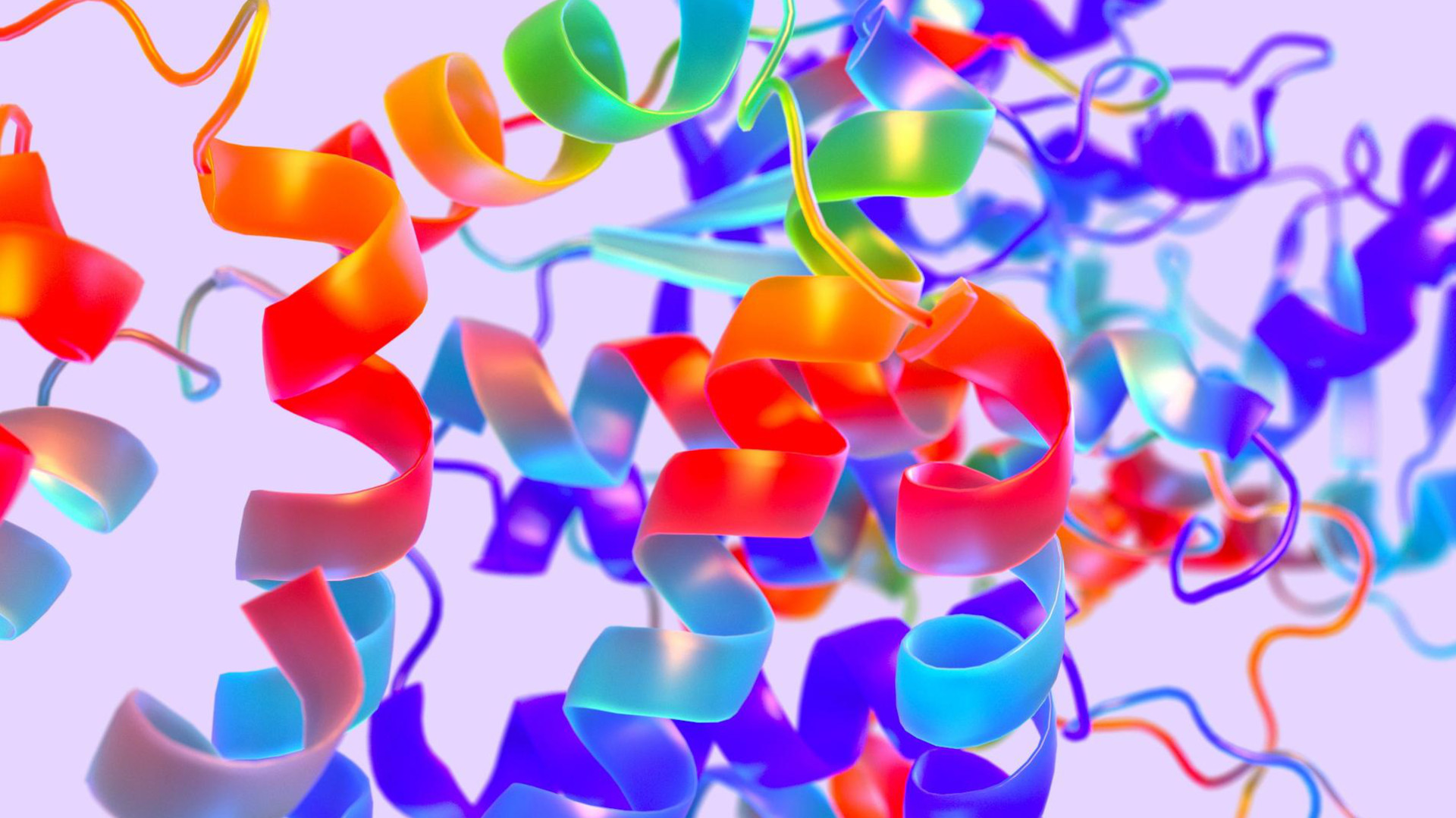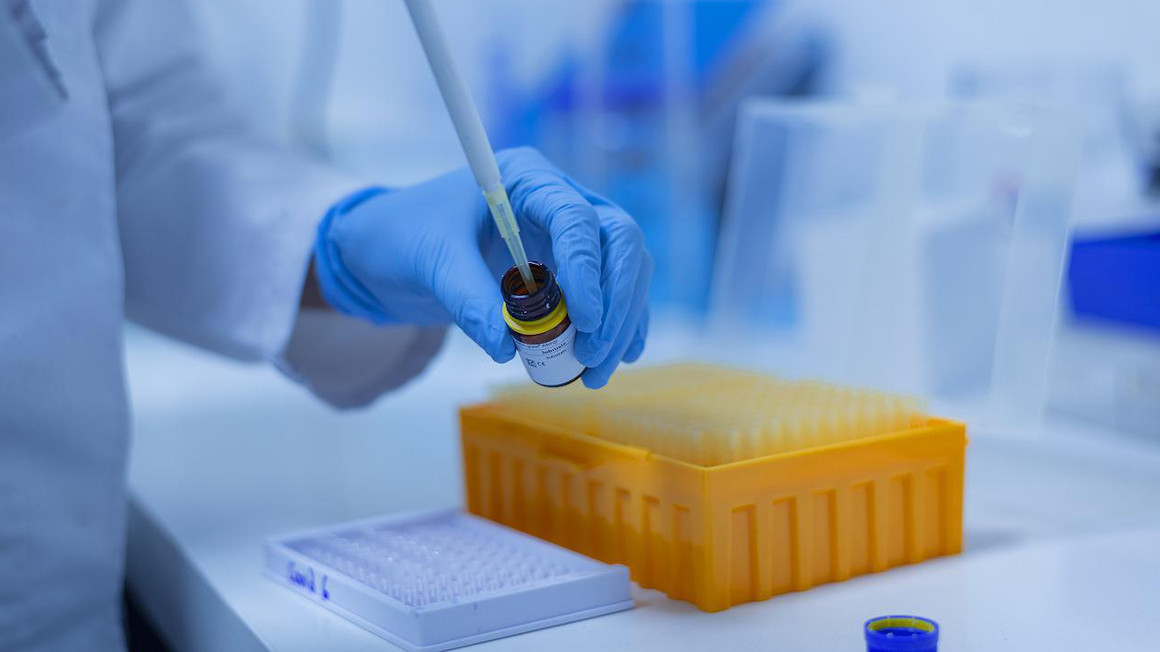Designing complex peptides
Sonja BerensmeierProfession
Biotechnologist
Position
Associate Professor of Bioseparation Engineering at the Department of Mechanical Engineering, Technical University of Munich

Profession
Biotechnologist
Position
Associate Professor of Bioseparation Engineering at the Department of Mechanical Engineering, Technical University of Munich

Sonja Berensmeier uses computer models to design complex peptides for technical applications.
Computer-aided modelling and simulation of processes is standard in many places today. Such computer models are rarely used in biotechnology. Sonja Berensmeier wants to change that. The Munich biotechnologist is focusing on peptides, the multi-talented biomolecules. As part of the initiative "Next Generation of Biotechnological Processes - Biotechnology 2020+", she is investigating the biomolecules and their interactions with different materials. Using computer models, the researcher aims to functionalise peptides and tailor them for technical applications.
What is behind the idea of the rational development of peptide-surface interactions?
Although interactions between peptides or proteins and surfaces are ubiquitous and offer huge potential for medicine, diagnostics and biotechnology, little research has been done to date. The idea is to systematically understand the interactions of individual amino acids with different materials from the bottom up and use computer models to design complex peptides that can be used for specific technical purposes. The project is primarily concerned with peptides that give new functionality to target molecules as so-called labels. Under certain environmental conditions, for example, these peptides can be specifically and very selectively bound to the surfaces and released again.
What are the difficulties in the production of peptide bonds for technical applications and how can computer models help?
While in many industries, such as the automotive industry and the development of electronic components, new products are developed almost entirely with the help of modelling and simulation, these approaches to problems in biotechnology are still at the beginning of development. Transferable structure-property models have to be developed, but due to the complexity of the peptides and the heterogeneous materials in a mostly saline aqueous solution, they are not trivial and only poorly understood. Due to the large to almost infinite parameter space, experimental work is only a drop in the ocean. It has to be supported by ever-improving computer models in order to make a robust prediction possible.
What are the advantages of modelling and simulation in understanding the interaction of biomolecules and surfaces?
The number of possible biomolecules increases astronomically with the size of the molecules used. The number of possible peptides with a length of 20 amino acids exceeds the number of atoms in the universe. Since the available computing power is constantly increasing, models and simulations can significantly contribute to the systematic investigation of a larger number of biomolecules. As a result, only the really promising molecules have to be produced and tested experimentally with comparably greater effort. In addition, computer models can help to establish scientific models for the functionalisation of surfaces, which further develop our understanding of the interaction between biomolecules and surfaces beyond a specific application.
Can you give us an example where the functionalisation of rational peptides using a computer model already works today?
By repeating experimental investigations and simulations, we were able to develop peptides that bind specifically to magnetic nanoparticles and can be separated under certain environmental conditions. By combining experiment and computer models, a large number of environmental parameters could be systematically varied in order to find the optimal biomolecules for specific, industrially relevant applications.
Could such interactions also be predicted using artificial intelligence?
Artificial intelligence methods can help to further accelerate existing simulation-based computer models. Complex simulations based on physical laws are replaced by neural networks, which learn the output of these simulations based on existing data. Another important application of artificial intelligence methods is not to completely replace the simulations, but to set the direction in the high-dimensional search space in which the method searches fully automatically for optimized biomolecules.


